I don’t know if you’re like me and read magazines all random and willy-nilly, not necessarily from front to back. But if you are, there’s a chance you’ve already consumed Tom Wilson’s latest column (“Living With RVs”).
If you haven’t, I won’t steal his thunder here. Only to say he takes up a subject that I’d pondered in this space after returning to Oshkosh after a brief hiatus: Has the dominance of the Van’s RV—bringing with it the apparent idea that if you’re building an airplane you’re going to be building an RV—done any kind of harm to Experimental/Amateur-Built aviation as a whole? Or, more succinctly, has Experimental aviation lost its sense of experimentation?
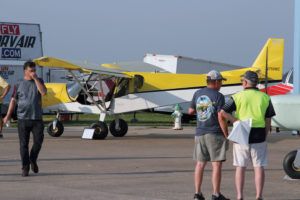
It’s easy to ponder a line of RVs parked at AirVenture or at your local fly-in and think same-same. Easy, but not accurate. First of all, if you look closely, there’s still a lot of personal variation and innovation in today’s RVs. It’s a little like customizing your Harley-Davidson. If you don’t have a sensitivity to the details, they can all seem the same. Black, chrome, loud pipes, leather, skulls—got it. But they’re not identical, and certainly not to their owners and builders.
There’s nothing like breaking away from your own orbit to get a fuller understanding of the real world, and such was the case when I popped in for Zenith Aircraft’s annual open house in September. This Friday-Saturday event allows Zenith builders and wanna-bes to descend on Mexico, Missouri, to kick tires, talk shop, and get recharged for their building projects ahead. Zenith does a great job here, offering vendors (including us) the chance to have much less frenzied conversations with customers than you could ever hope for at Oshkosh. It’s also a good chance for those on the fence to get a sense of the company, see the machines that cut, bend, and pierce the metal they’d be using, and have unguarded discussions with builders who have already completed their projects.
As always, I came away from the event invigorated by the builders’ enthusiasm and sense of innovation. And, sometimes, just hugely amused by their inability to stop at “good enough.”
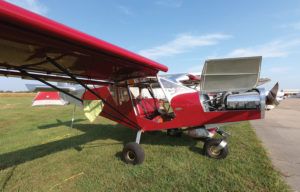
Case in point: Mark Phillips’ CH 701. Well, it started as a 701, but Phillips made the decision early on to create his aircraft to be not just unique—visually and spiritually—but flamboyantly so. With styling that mimics a 1930s race car, this 701 makes you stop and look closer. It’s then you start to notice how the wires in the engine compartment are all carefully hidden. Phillips even went to the trouble of painting the Jabiru 3300’s cylinder heads in a matching gray and finding color-appropriate fireproof sleeving for the fuel lines. Black-and-gray SCAT tubing looks the part.
Step around to peer inside and it gets even better. Glossy wood paneling makes up the floors and what appear to be glovebox covers, which instead open to reveal thoroughly modern avionics. That’s in addition to the retro analog gauges taking up residence in a lovely curved bin at the center of the panel. The three-piece windshield was his own design, and it was his idea to adapt a Jabiru nosewheel. And yet there’s so much more. Check out the video interview with the builder. He’s as much of a character as his airplane, as you might expect.
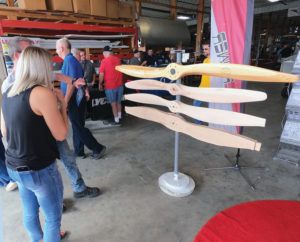
Everywhere you look, there’s something unusual, clever, and downright cheeky on this airplane. But there was something else amazing: It was fully embraced by Zenith and company head Sebastien Heintz. I’ve been around kit companies long enough, and had after-hours beverages with more than a few designers and company CEOs, and I can tell you that extensive builder modifications aren’t always condoned or appreciated. And you can understand their point of view: The company built the airplane one way, and while their design staff will have an educated guess as to what your unique modifications might result in, they don’t really have proof. (Unless they’ve tested what you’re trying and rejected it.) It’s all a bit unknown—and businesses, as a rule, don’t much care for the unknown.
Zenith is different in this sense. It supports all manner of “alternative” engines for its designs, from the conventional Continental and Lycoming powerplants, through the equally mainstream Rotax products, on through lesser-known ULPower and Jabiru engines. Plus, Zenith has no problem making builders aware of auto-engine conversions, including those from Viking and FlyCorvair.
Indeed, one of the seminars over the weekend involved a round-table discussion of engine alternatives with representatives from Continental, Lycoming, ULPower, FlyCorvair, and Viking. While any builder would still have some numbers to crunch and questions to answer before making the final decision, it was encouraging to see Zenith offer this very open forum of discussion for its builders.
Speaking of builders, those I chatted with at Zenith’s open house all desired to manufacture the airplane of their dreams, to create something unique. Sometimes this sense of unique could be read as minor variations on a theme. And sometimes unique manifests as Mark Phillips’ CH 701. There are points all along the spectrum—if you want to build an airplane that’s exactly like the factory ship, do it. It’s still yours, still an expression of your curiosity and desire, and still a reflection of your hard work. Whatever you do, Experimental aviation still means choice.



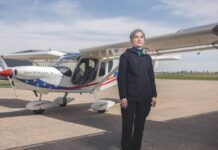
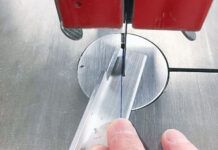

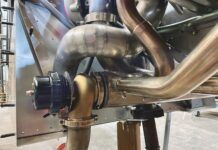
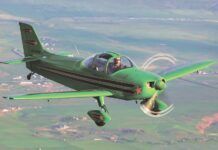

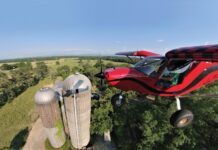
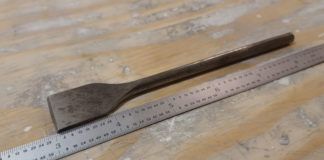
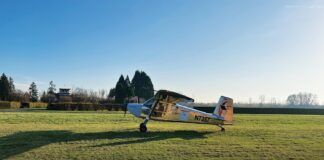
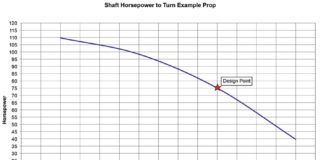
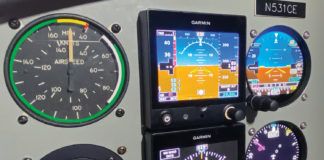
Good article Marc! As we know, the FAA defines an amateur-built aircraft (kit airplane) as an aircraft “the major portion of which has been fabricated and assembled by person(s) who undertook the construction project solely for their own education or recreation.” (Title 14, Code of Federal Regulations (14 CFR), part 21, section 21.191g.)
We take this definition to heart, realizing that the kit customer is the builder of the aircraft (and not Zenith Aircraft Co., whose role is simply that of supplier of kit parts). As the builder, the customer has the freedom (and responsibility) to choose the engine, avionics, propeller, and other options installed in their aircraft, which truly becomes a “one-of-a-kind” aircraft. The finished aircraft becomes as much a reflection of the builder, as of the kit manufacturer or designer of the airframe. This diversity is what keeps Experimental aviation interesting and exciting, and where you will find the most intriguing airplanes (and builders).